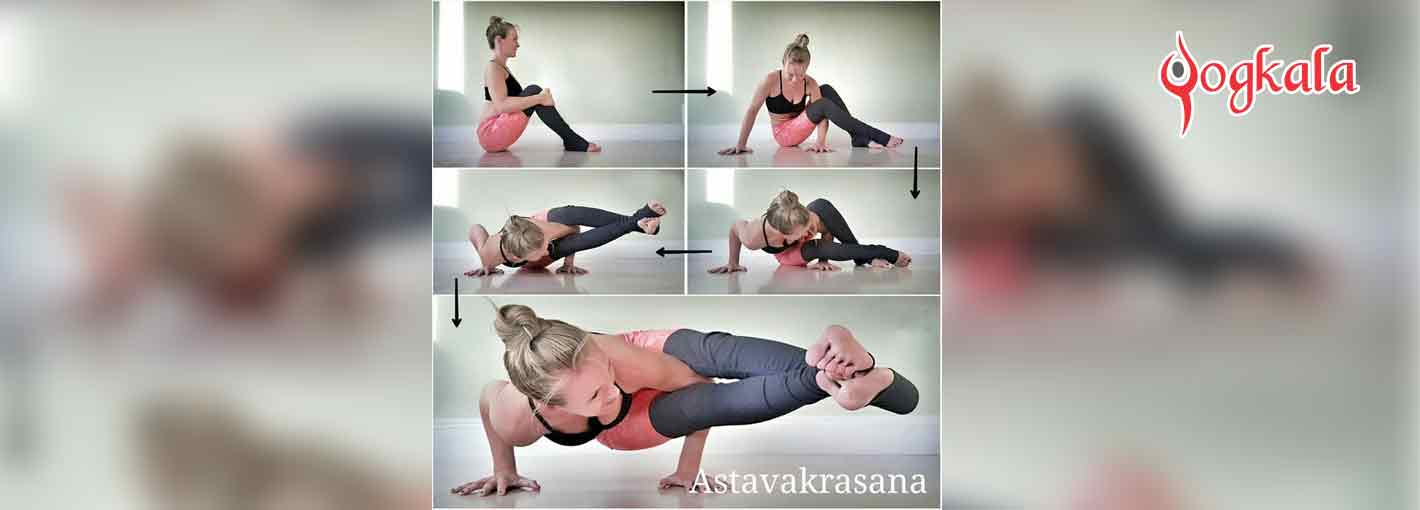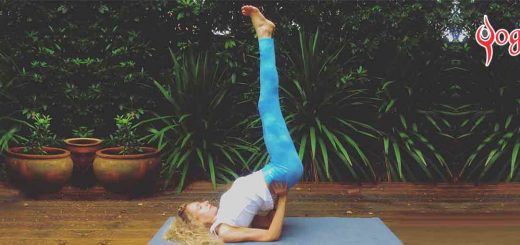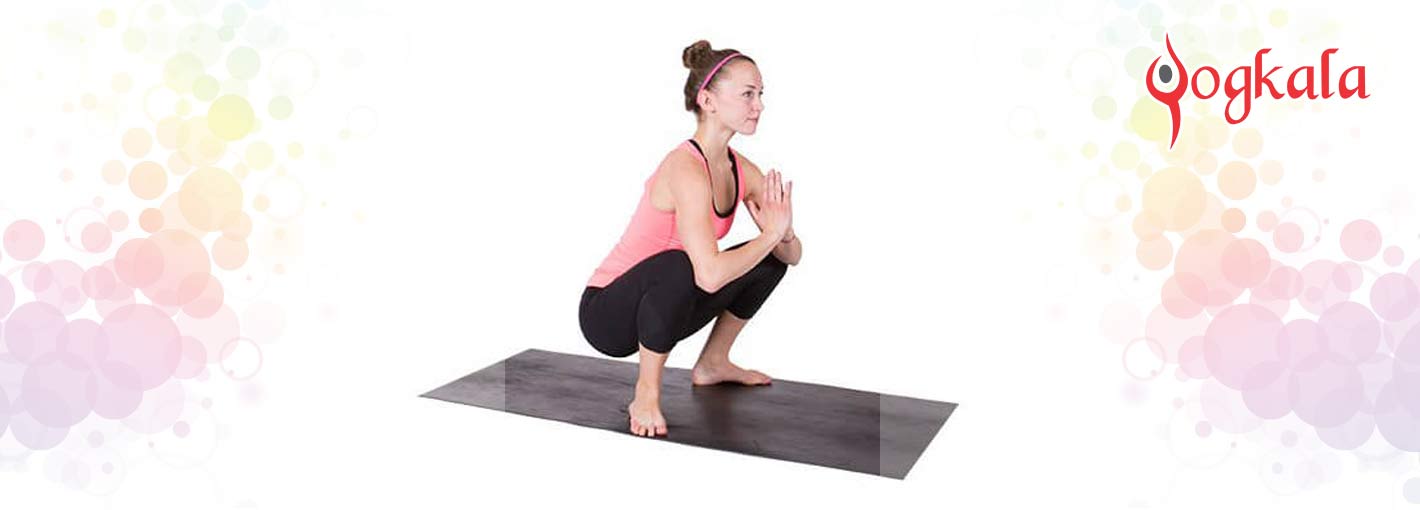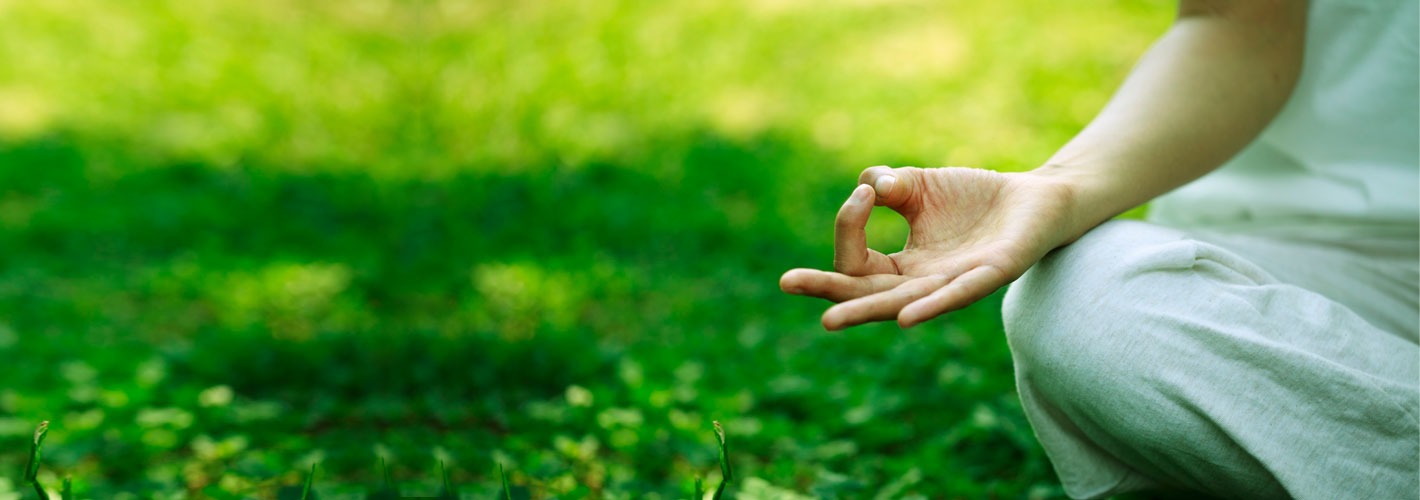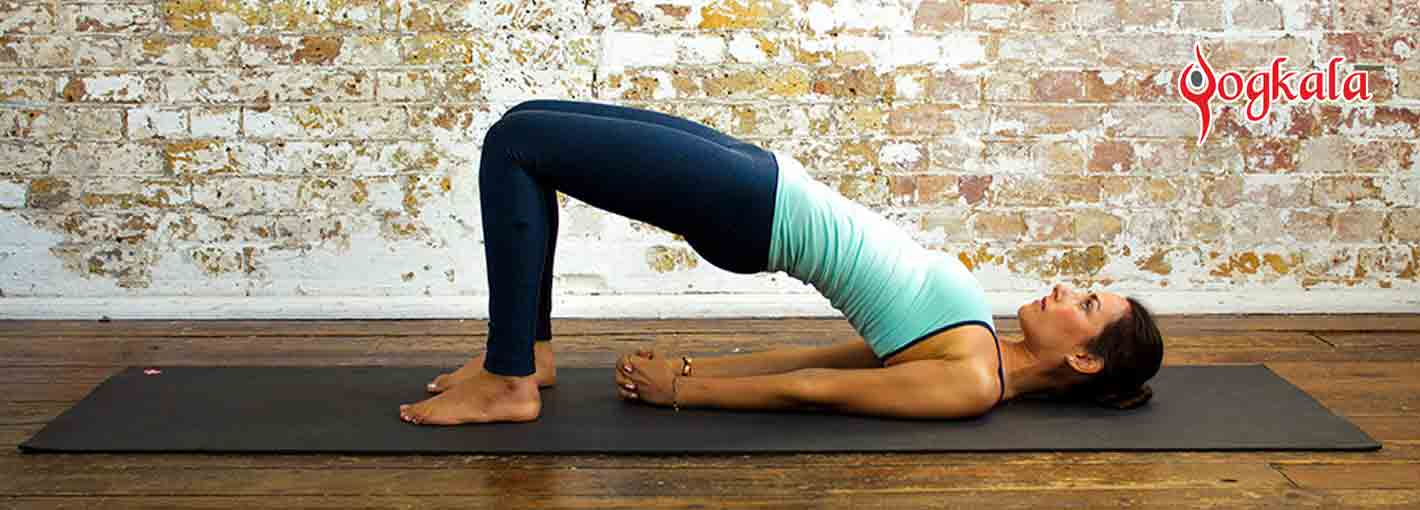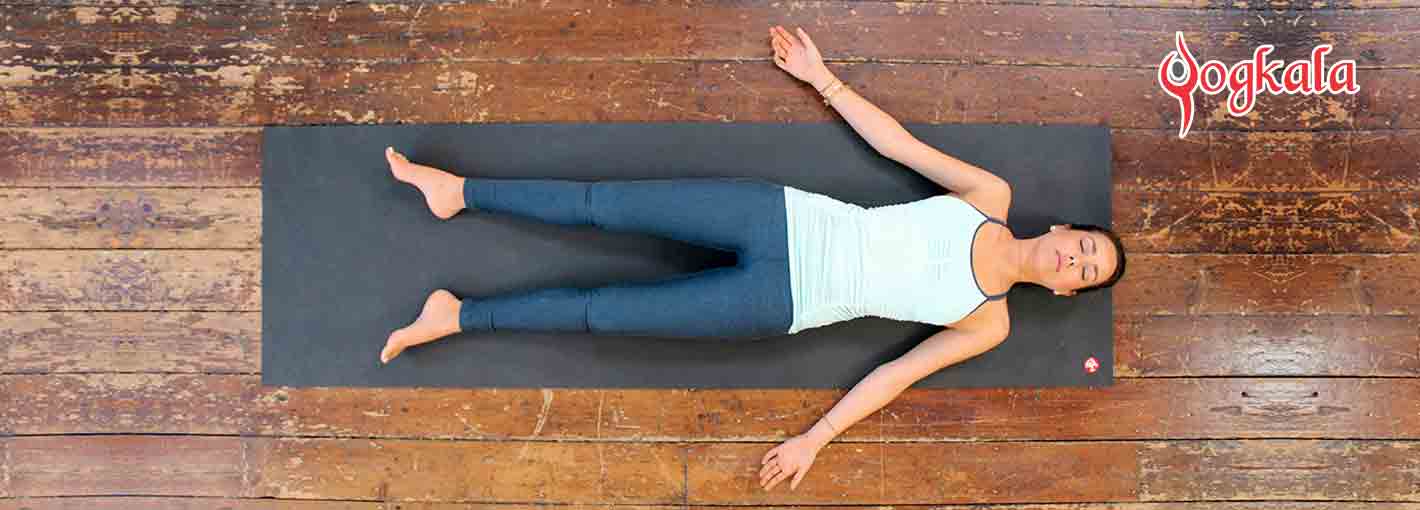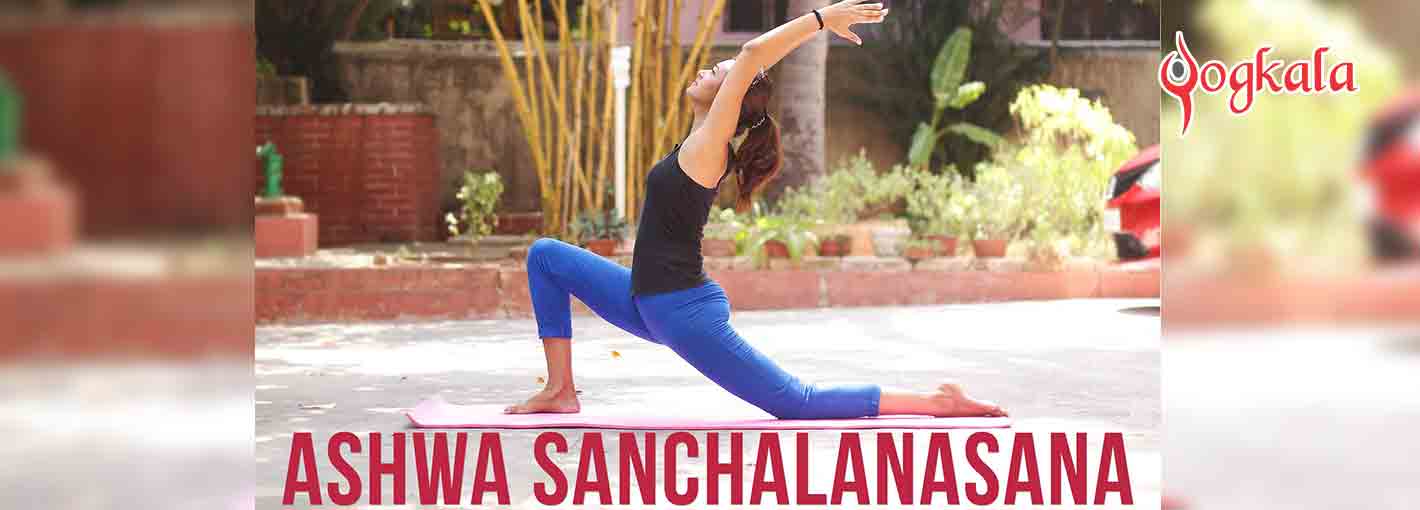A Step-By-Step Guide To Practice Eka Pada Rajakapotasana (One-Legged Pigeon Pose) With Benefits
Over the last few decades, there has been an increase in the popularity of yoga. Some people call it an ancient form of exercise and some call it a series of difficult poses. But, the term ‘yoga’ is beyond this. It is a popular practice that connects the body, mind, and, spirit through different body postures and controlled breathing.
Even the medical professionals and researchers have proved the benefits of yoga. Yoga postures are not about bending or twisting the body but, transforming the body and life through several poses.
Here we will explore one of the most effective yoga poses that is ‘Eka Pada Rajakapotasana’, which is also known as ‘One-legged Pigeon Pose’ and ‘Full Pigeon Pose’. It stretches the entire lower body, relieves the stress and anxiety and improves various health issues including, the functioning of urinary and reproductive systems.
Things To Know Before You Do Eka Pada Rajakapotasana
Like other asanas, it is best to practice one-legged pigeon pose in the early morning on an empty bowel. If you are not a morning person, then you can it practice it in the evening. Make sure you have your meals at least four to six hours before you practice this asana.
How To Practice Eka Pada Rajakapotasana?
Image Source = “yogatoday“
- Start this asana with simple pigeon pose, bend your left knee gently and make sure your toes facing the roof.
- Take your body towards the front and hold your left toes with your right hand. Pull your toes toward your body.
- While holding the left toes with the right hand, keep your left arm straight up.
- After that, bend your left elbow gently and reach behind your back.
- Now, hold your left leg toe with your left hand. Make sure your elbow stays pointing upward.
- Slightly, loosen the grip on your toes with the right hand.
- Now, open up your chest toward the front.
- Bring your head back until the sole of your feet touches the top of your head.
- Hold this position for at least one minute and then release the posture.
Note: Eka Pada Rajakapotasana is a preparatory pose of Kapotasana (Pigeon Pose). Basically, there are three primary versions of pigeon pose including, first variation (simple pigeon pose), the mermaid pose and the full pose is one-legged king pigeon (Eka Pada Rajakapotasana).
Simple pigeon pose or the first stage of pigeon pose, Bhujangasana, Vriksasana, Trikonasana are the preparatory poses of Eka Pada Rajakapotasana.
Beginner Tips To Practice Eka Pada Rajakapotasana Or One-legged Pigeon Pose
As a beginner, it might be tough for you to get into the pose easily. In that situation, you can fold a blanket and place a yoga block below your groin region to support the body while doing the Eka Pada RajaKapotasana.
Contraindications of the One-Legged Pigeon Pose
- If you have knee, ankle or sacroiliac injury, then you should practice this asana under the guidance of an expert yoga instructor.
- Pregnant women should practice this asana under an experienced yoga teacher.
- Don’t force your body to get into the pose. If you have any medical concerns or issues, then it is recommended to take the recommendations from a doctor before practicing yoga.
Advantages of Practicing Eka Pada Rajakapotasana OR One-Legged Pigeon Pose
- Practicing this asana regularly opens the hip joint and stretches a few body parts including, thighs, glutes and piriformis muscles.
- It improves the functioning of the urinary and reproductive system.
- It increases the flexibility of the hip and also stimulates the internal organs.
- It reduces sciatic and lower back pain.
- It improves posture, alignment, and overall suppleness.


